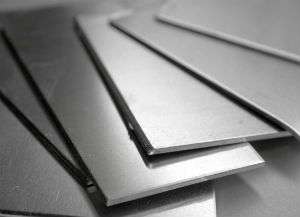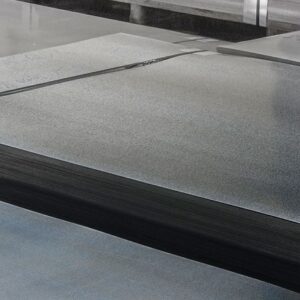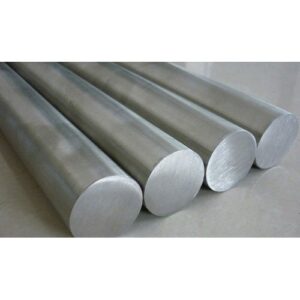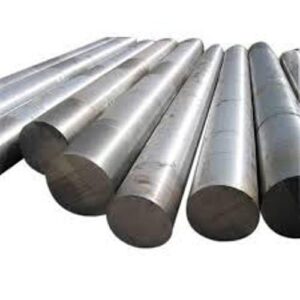Chemical Composition
The chemical composition of Duranickel alloy 301 is outlined in the following table.
| Element | Content (%) |
|---|---|
| Nickel, Ni | ≥ 93 |
| Aluminum, Al | 4.0-4.75 |
| Silicon, Si | ≤ 1 |
| Iron, Fe | ≤ 0.60 |
| Manganese, Mn | ≤ 0.50 |
| Carbon, C | ≤ 0.30 |
| Titanium, Ti | 0.25-1 |
| Copper, Cu | ≤ 0.25 |
| Sulfur, S | ≤ 0.010 |
Physical Properties
The following table shows the physical properties of Duranickel alloy 301.
| Properties | Metric | Imperial |
|---|---|---|
| Density | 8.19 g/cm3 | 0.296 lb/in3 |
| Melting point | 1427°C | 2600°F |
Mechanical Properties
The mechanical properties of Duranickel alloy 301 are displayed in the following table.
| Properties | Metric | Imperial |
|---|---|---|
| Tensile strength | 689-1030 MPa | 100000-150000 psi |
| Yield strength (@strain 0.200 %) | 414-896 MPa | 60000-130000 psi |
| Shear modulus (typical for steel) | 76 GPa | 11000 ksi |
| Elastic modulus (tension) | 207 GPa | 30000 ksi |
| Poisson’s ratio | 0.310 | 0.310 |
| Elongation at break | 15-35% | 15-35% |
| Hardness, Brinell (3000 kg) | 185-300 | 185-300 |
| Hardness, Rockwell B | ≥ 90 | ≥ 90 |
| Hardness, Rockwell C | ≤ 40 | ≤ 40 |
Thermal Properties
The thermal properties of Duranickel alloy 301 are given in the following table.
| Properties | Metric | Imperial |
|---|---|---|
| Thermal expansion co-efficient (@21-100°C/69.8-212°F) | 13.0 µm/m°C | 7.22 µin/in°F |
| Thermal conductivity | 23.8 W/mK | 165 BTU in/hr.ft².°F |
Fabrication and Heat Treatment
Annealing
Duranickel alloy 301 can be annealed for 5 minutes at 927°C (1700°F) and cooled rapidly.
Cold Working
Conventional methods are used for cold working Duranickel alloy 301. This alloy can be work hardened and intermediate annealing might be necessary based on the amount of cold work.
Hot Working
Duranickel alloy 301 can be hot worked between 1177-871°C (2150-1600°F).
Welding
Ordinary welding methods are recommended for Duranickel alloy 301. Welding takes place in the annealed condition followed by stress-relieving for ½ h at 843°C (1550°F). Formation of cracks is prevented by heating this alloy at 843°C (1550°F).
Forging
Duranickel alloy 301 can be forged between 1232-1038°C (2250-1900°F).
Forming
Duranickel alloy 301 can be formed by conventional methods and this alloy gains more strength when cold worked.
Machinability
Conventional methods are used to readily machine Duranickel alloy 301. This alloy can be machined in an easier manner in the age-hardened or cold worked condition. Usage of high-speed-steel cutting tools containing a high positive rake angle is recommended during the machining process.
Hardening
Duranickel alloy 301 can be hardened by aging or cold working.
Heat Treatment
Duranickel alloy 301 is annealed for about 5 minutes at 927°C (1700°F) and then rapidly quenched in water or cooled. This alloy is age-hardened for 16 h at 588°C (1090°F) followed by slow furnace cooling.
Applications
Duranickel alloy 301 is used in springs and in other electrical conductivity parts that require good fatigue strength and good thermal conductivity.





